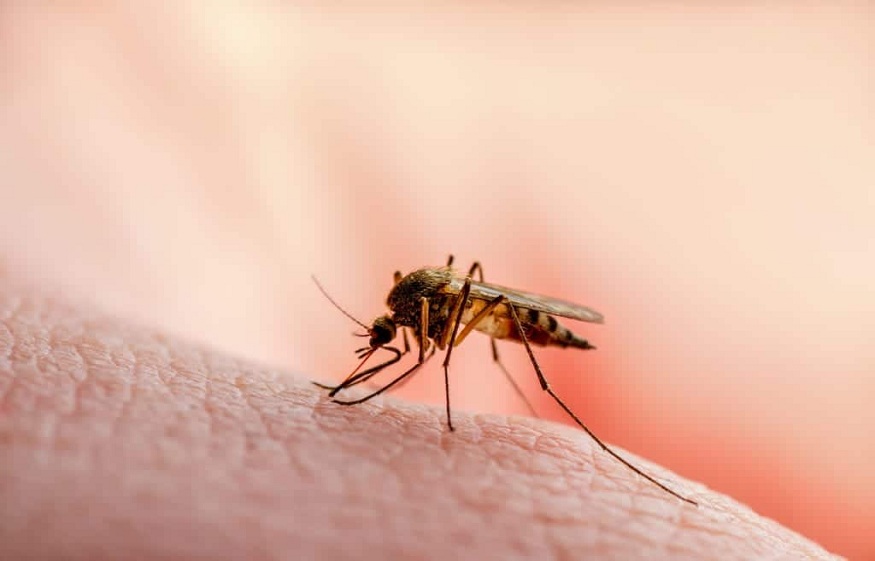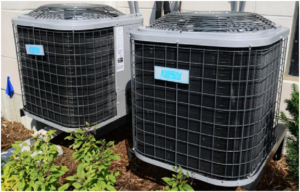
Dealing with Bed Bugs: Identification and Eradication in Indianapolis
Bed bugs can be a tenacious and annoying pest problem for any homeowner. Alas, these minuscule blood-sucking insects have made a significant comeback in cities all over the United States — including Indianapolis. Whether you dwell in a quaint historical downtown apartment or suburban home, bed bugs can take up residence, multiply and be hard to get rid of without a coordinated plan of action, describes Pointepestcontrol.net.
In this guide, we are going to be covering how to spot, prevent and eliminate bed bugs in Indianapolis so that hopefully you learn something useful about our city and get some good pest control advice as well.
What Are Bed Bugs?
Bed bugs are small, flat, reddish-brown bugs that feed on the blood of humans, usually sucking a person’s blood at night while they sleep. Adult bed bugs are approximately the size of an apple seed and can persist for months without feeding.
Common Triggers and Risk Factors in Indianapolis
Bed bugs can hitch a ride into your home in multiple ways:
Travel: Bags and clothing from hotels (especially downtown Indianapolis hotels or motels)
- Gently used items: Sofas, mattresses, or even used books or electronics purchased on the secondary market
- Public transit: Bed bugs can hitch rides on bags or clothes on buses, trains or rideshares
- Communal living: High-rise apartment buildings, dormitories or multifamily housing complexes
Getting rid of bed bugs is a process that must be approached systematically.
Confirm the Infestation
Examine mattress seams, box springs, furniture joints and cracks in the walls with a flashlight and magnifying glass. Sticky traps are also useful for pest monitoring. If you’re in doubt, the best course of action is to contact a licensed pest control company in Indianapolis for a professional inspection — early detection is the key to halting spread.
Contain and Clean
Once bed bugs are identified:
Take out and bag all bedding, linen, and clothing. Wash in hot water (minimum 120 degrees) and dry on the hottest setting.
Be sure to vacuum well, especially seams of mattresses, floors, baseboards and upholstery. Empty the vacuum outside in a sealed bag immediately.
Steam-clean carpets and upholstery — bed bugs and their eggs won’t survive temperatures above 120°F.
Get cleaned up: Eliminate hiding spots by clearing out unnecessary items in proximity to the affected areas.
Treat the Infestation
Treatment options exist and are dependent upon severity:
Focal spraying with insecticides
Long-term prevention programs utilizing integrated pest management (IPM) strategies
Subsequent inspections to check everything is gone
Exterminators are equipped and ready to pinpoint unseen bugs and apply appropriate treatment without risk of harm to humans.
Avoiding Future Bed Bug Issues in Indianapolis
Once the infestation is eradicated, take measures to make sure it doesn’t come back:
- Check hotel rooms and luggage immediately upon arrival when traveling — use luggage racks, not beds or floors.
- Be wary of used furniture and check it over before you bring it in.
- Get mattress encasements for long-term protection.
- Caulk cracks or crevices in the walls and baseboards to eliminate potential hiding areas.
- If you live in a high-risk environment like an apartment building or dorm, schedule routine inspections.
When to Call a Professional
If nothing from your DIY attempts is working, or if you don’t even know where to begin because the situation is so severe, it’s time to call an expert. Search for Indianapolis pest control companies that are bed bug specialists, licensed by the Indiana State Chemist, and use heat treatment and/or integrated pest management approaches.
Conclusion
Indianapolis bed bug infestations can be difficult to overcome, but they aren’t impossible. By identifying the infestation early, doing a deep clean, and seeking the right professional help you can banish them and enjoy squish-free peace of mind. Be sure to remain vigilant, especially after travel or the introduction of new items to your home, and to integrate prevention into your regular homecare routine.


